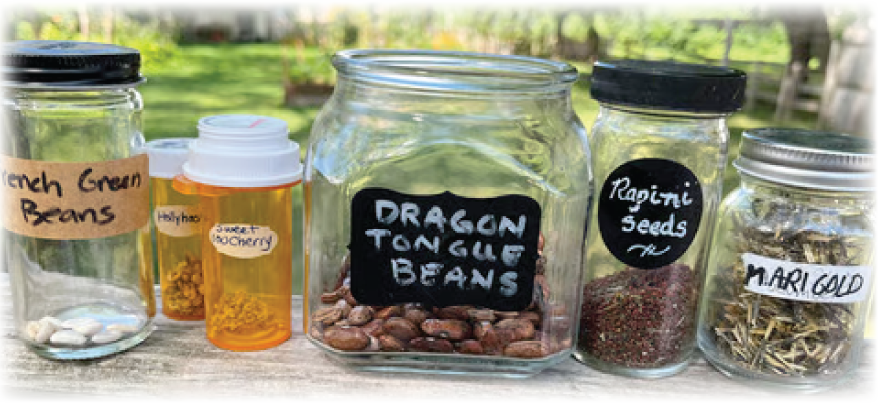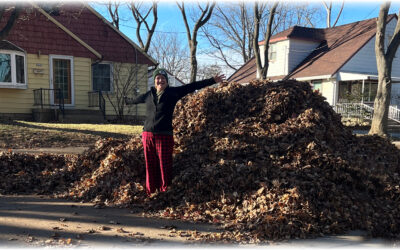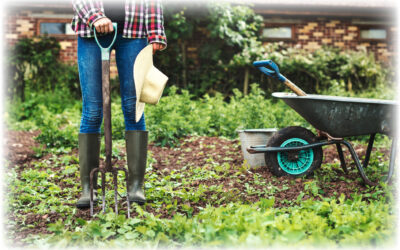Seed Saving
Summer and fall are the times when many gardeners will start saving their seeds for the following growing season. There are a few things the new gardener must take into consideration when preparing to save seeds for the next year, and we will go over them here.

The Basics of Seed Saving
You will need to know if you are growing an heirloom or open-pollinated crop or if it is a “hybrid”. You will only want to save seeds from open-pollinated plants so that you can be assured that your vegetable will stay true-to-type. A hybrid plant is a plant that was cross-pollinated between two different varieties to create a new variety and then the seeds were saved. If you try to save the seeds from the hybrid, chances are you will not get the same plant as the saved seeds will revert back to the parent plant so you will need to re-purchase the seeds every year.
There has been much discussion throughout the years about hybridization and genetic modification – THEY ARE NOT THE SAME. Hybridization occurs naturally in our environment whereas genetic modification occurs in a lab between two different species to gain a desired trait – something that would not happen in nature. Not only can you save the seeds from heirloom, open-pollinated plants, but you can take comfort in knowing to are helping to support biodiversity, which is currently being threatened by mono-crop agriculture.
Types of seeds
Not all of your plants will produce seeds in a single growing season. There are annual, biennial, and perennial plants. Annual plants, like tomatoes, lettuce, and pepper will produce seeds in one season. Carrots, onions, parsely and kales are biennial plants, meaning that they will put all of their energy into leaf production and then the second year they will reward you with seed. This is important to take into consideration when choosing what plants to leave in your garden to produce seed the following year. While the plants will die back above ground the roots will remain active and will instruct the plant to produce seed the following year.





